Home>Articles>How To Clean Concrete Driveway Without Pressure Washer
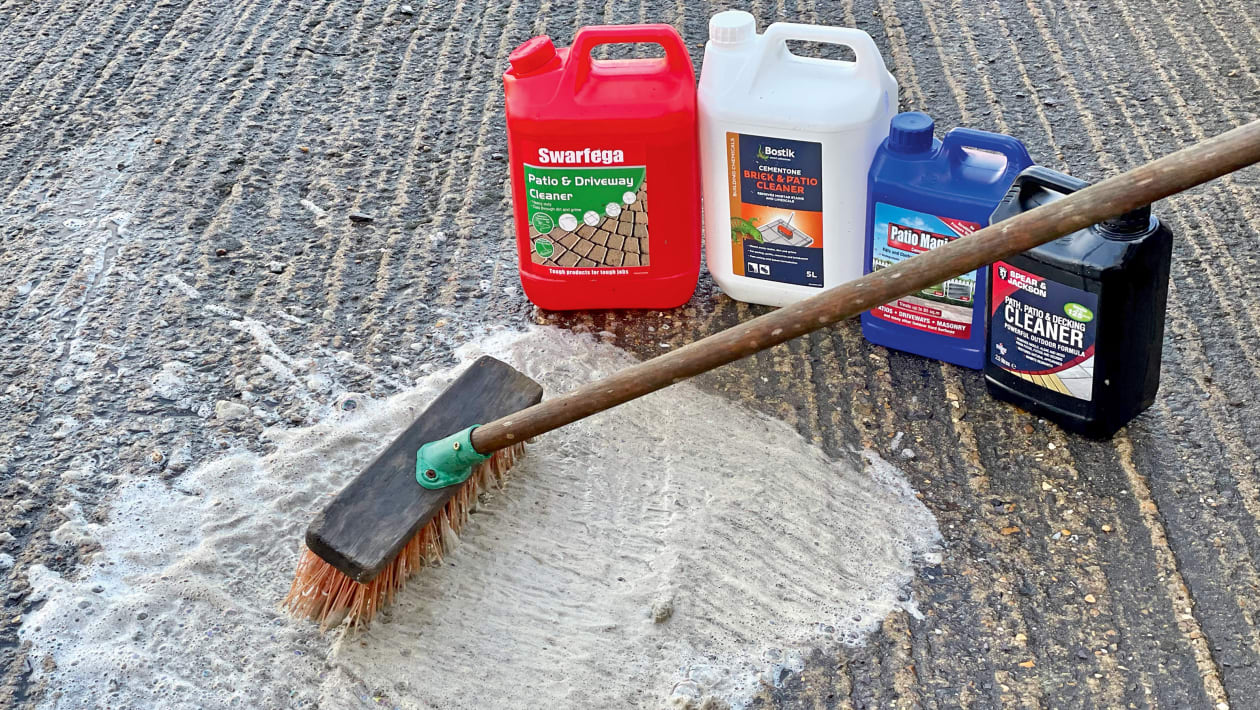

Articles
How To Clean Concrete Driveway Without Pressure Washer
Modified: October 20, 2024
Learn how to clean your concrete driveway without using a pressure washer with our informative articles. Remove stains and restore your driveway's original beauty!
(Many of the links in this article redirect to a specific reviewed product. Your purchase of these products through affiliate links helps to generate commission for Storables.com, at no extra cost. Learn more)
Introduction
Having a clean and pristine concrete driveway not only enhances the curb appeal of your home but also ensures its longevity. Over time, concrete driveways can accumulate dirt, grime, oil stains, and other unsightly marks. While many people rely on pressure washers to clean their driveways, this powerful tool may not always be accessible or suitable for every situation. However, fear not! There are alternative methods that can effectively clean your concrete driveway without the need for a pressure washer. In this article, we will explore several methods to help you achieve a spotless and well-maintained driveway.
Each method detailed below offers a different approach to cleaning your concrete driveway, allowing you to choose the one that best fits your needs and available resources. Whether you prefer a simple DIY solution or a commercial cleaner, there is a method that will work for you. Let’s dive in and discover how you can clean your concrete driveway without a pressure washer.
Key Takeaways:
- Keep your concrete driveway clean and well-maintained using simple methods like broom and water, or eco-friendly solutions like vinegar and water mixture. Regular maintenance and protective measures can enhance its longevity and curb appeal.
- Avoid the need for a pressure washer by utilizing alternative methods to clean your concrete driveway. From basic DIY techniques to commercial cleaners, there are effective options for maintaining a spotless and attractive driveway.
Read more: What Psi Pressure Washer To Clean Concrete?
Method 1: Using a Broom and Water
One of the easiest and most accessible ways to clean your concrete driveway is by using a broom and water. This method is ideal for regular maintenance and removing loose debris and dirt.
To begin, gather your supplies: a sturdy outdoor broom, a garden hose with a spray nozzle, and a bucket filled with water. Start by sweeping the surface of the driveway using the broom, ensuring that you reach all the corners and edges. This will help loosen any dirt, leaves, or debris that may have accumulated. You can also use a leaf blower to remove larger debris if available.
Once you have swept the driveway, it’s time to use water to wash away the remaining dirt. Direct the spray from the hose onto the surface, starting from one end and working your way to the other. Make sure to cover the entire area, paying extra attention to any stains or spots that may require more vigorous cleaning.
If you encounter stubborn stains or marks on the concrete, you can use a stiff-bristle brush along with water to scrub the affected areas. This will help loosen the dirt and grime, making it easier to remove. After scrubbing, rinse the area with water again to wash away the loosened particles.
After completing the cleaning process, allow the driveway to air dry naturally. Avoid walking or driving on the wet surface until it is completely dry to prevent any accidents or damage.
This simple method using a broom and water is effective for regular maintenance and light cleaning of your concrete driveway. It’s a great option if you don’t have access to a pressure washer or if you prefer a more gentle approach to cleaning.
Method 2: Using a Garden Hose and Scrub Brush
If you want to take your cleaning process up a notch, using a garden hose and a scrub brush can provide more thorough cleaning for your concrete driveway.
Begin by gathering your materials: a garden hose with a spray nozzle, a bucket of warm water, a scrub brush with stiff bristles, and a mild detergent or concrete cleaner. Fill the bucket with water and add the detergent or concrete cleaner according to the manufacturer’s instructions.
Wet the entire surface of the driveway using the garden hose. This will help loosen any loose dirt or debris. Next, dip the scrub brush into the bucket of soapy water and start scrubbing the concrete surface in a circular motion. Focus on areas with stains, oil spills, or heavy grime buildup.
Be sure to apply firm pressure while scrubbing to effectively remove the dirt. Dip the brush into the soapy water as needed to keep it wet and continue scrubbing until you’ve covered the entire driveway.
Once the scrubbing is complete, use the garden hose to rinse off the soap and dirt from the driveway. Starting from one end, work your way to the other end, making sure to thoroughly rinse all areas. Pay extra attention to areas that had stains or heavy grime buildup, ensuring that all soapy residue is removed.
Allow the driveway to air dry or use a broom to sweep away any excess water. Avoid walking or driving on the wet surface until it is completely dry.
This method using a garden hose and scrub brush is effective for deep cleaning and removing tougher stains and grime from your concrete driveway. It provides a more thorough cleaning compared to the broom and water method, making it ideal for periodic maintenance and tackling stubborn dirt.
Method 3: Using a Mixture of Vinegar and Water
If you’re looking for a natural and eco-friendly solution to clean your concrete driveway, using a mixture of vinegar and water can be highly effective.
For this method, you will need white vinegar, water, a spray bottle, and a stiff-bristle brush. Begin by preparing the cleaning solution by combining equal parts of vinegar and water in the spray bottle. You can adjust the ratio depending on the severity of the stains or grime.
Start by spraying the vinegar and water mixture onto the stained or dirty areas of the concrete driveway. Let the solution sit for a few minutes to allow the vinegar’s acidic properties to break down the dirt and stains.
After the solution has had time to penetrate, use the stiff-bristle brush to scrub the stained areas. Apply firm pressure and scrub in a circular motion to lift the dirt and grime. Continue scrubbing until the stains or dirt are noticeably lighter or completely removed.
Once you’ve finished scrubbing, rinse the area thoroughly with water from a garden hose to remove any remaining residue. Be sure to cover the entire driveway, especially the areas that were treated with the vinegar and water mixture.
Allow the driveway to air dry completely before walking or driving on it. The acidic nature of vinegar helps to break down stains and dirt without causing harm to the concrete surface.
This method is not only effective but also inexpensive and environmentally friendly. The acidity of vinegar makes it a versatile cleaning agent for various surfaces, including concrete driveways.
However, avoid using vinegar on natural stone or colored concrete surfaces, as it can cause discoloration. It’s always a good idea to test the vinegar and water mixture on a small inconspicuous area before applying it to the entire driveway.
Mix a solution of equal parts water and white vinegar. Pour it over the stained areas of the concrete driveway and let it sit for 30 minutes. Scrub the stains with a stiff brush and then rinse with water. Repeat if necessary.
Method 4: Using a Commercial Concrete Cleaner
If you’re dealing with stubborn stains or heavily soiled areas on your concrete driveway, using a commercial concrete cleaner can provide a powerful and effective solution.
Start by gathering the necessary supplies, including a commercial concrete cleaner of your choice, a garden hose with a spray nozzle, a bucket, and a scrub brush with stiff bristles.
Before applying the cleaner, it’s important to read and follow the instructions provided by the manufacturer. Different commercial cleaners may have specific dilution ratios or application methods.
Begin by moistening the entire surface of the driveway with water using the garden hose. This will help prepare the concrete for the application of the cleaner.
Next, mix the concrete cleaner according to the manufacturer’s instructions. Some cleaners may require dilution with water in a bucket, while others may come ready to use. Ensure that you wear protective gloves and eyewear when handling the cleaner.
Apply the commercial cleaner to the stained or heavily soiled areas of the driveway. Use a scrub brush to agitate the cleaner and work it into the concrete surface. Pay extra attention to areas with stubborn stains or deep-seated dirt.
Allow the cleaner to sit on the driveway for the recommended amount of time specified by the manufacturer. This will give the cleaner sufficient time to penetrate and break down the dirt and stains.
After the designated time has passed, thoroughly rinse the driveway with water from the garden hose. Ensure that all traces of the cleaner are removed from the surface of the concrete.
Allow the driveway to air dry completely before walking or driving on it. Commercial concrete cleaners are formulated to be potent and effective, helping to remove tough stains and deeply embedded dirt from your driveway.
Remember to always follow the manufacturer’s instructions when using a commercial cleaner and use protective gear to ensure your safety.
This method is particularly useful for dealing with specific stains or heavily soiled areas that may require a more powerful cleaning solution. Commercial cleaners are designed to tackle tough stains and provide deep cleaning for your concrete driveway.
Read more: How To Clean Porch Without Pressure Washer
Method 5: Using a Pressure Washer (Optional)
If you have access to a pressure washer, it can be an efficient and effective tool for cleaning your concrete driveway. However, it’s important to note that using a pressure washer is optional and may not always be necessary for regular maintenance.
Before using a pressure washer, it’s crucial to take the necessary precautions. Wear protective clothing, including safety goggles and gloves, to ensure your safety while operating the machine.
To begin, remove any loose debris and sweep the surface of the driveway using a broom. This will help prevent clogging the pressure washer nozzle and ensure a smoother cleaning process.
Connect the pressure washer to a water source, following the manufacturer’s instructions. Adjust the pressure settings according to the specific needs of your concrete driveway. Start with a lower pressure setting and gradually increase as needed to avoid damaging the surface.
Hold the pressure washer nozzle at a distance from the concrete surface, typically around 12 inches. Move the nozzle back and forth, working your way across the entire driveway. Pay extra attention to areas with stains or heavy dirt buildup.
As you clean, make sure to keep the nozzle at a consistent distance from the concrete to ensure an even cleaning pattern. Avoid focusing the pressure washer on one spot for too long, as it may cause etching or damage to the surface.
After completing the cleaning process, allow the driveway to air dry naturally. Take note that using a pressure washer can remove the top layer of the concrete, so regular maintenance with gentler methods may be required to preserve the longevity of your driveway.
Using a pressure washer can be an effective method for deep cleaning and removing stubborn stains or grime from your concrete driveway. However, it should be used sparingly and with caution to prevent any damage to the surface.
If you don’t have access to a pressure washer or prefer alternative methods, the previous methods discussed in this article can still provide excellent results for maintaining a clean concrete driveway.
Tips for Maintaining a Clean Concrete Driveway
Keeping your concrete driveway clean and well-maintained not only enhances its appearance but also extends its lifespan. Here are some helpful tips to help you maintain a clean and pristine concrete driveway:
- Regular Sweeping: Sweep your driveway regularly to remove loose debris, leaves, and dirt. This simple step can prevent the accumulation of dirt and make subsequent cleaning easier.
- Address Stains Promptly: Don’t let stains sit for too long on your driveway. Take immediate action to clean up spills such as oil, grease, or other substances that can stain the concrete.
- Use a Sealer: Apply a concrete sealer to your driveway at least once every two to three years. A good sealer creates a protective barrier that helps prevent stains and extends the life of the concrete.
- Avoid Harsh Chemicals: When cleaning your driveway, opt for mild detergents or eco-friendly cleaners. Avoid using harsh chemicals that can damage the concrete or harm the environment.
- Regular Maintenance: Conduct regular maintenance on your driveway by inspecting it for cracks, potholes, or uneven areas. Repair any damage promptly to prevent further deterioration.
- Protective Measures: When using snow or ice melt products during winter, choose ones that are safe for use on concrete. Avoid using substances that contain salts or chemicals that can lead to concrete damage.
- Prevent Weeds: Keep an eye out for weeds growing through cracks in your driveway. Use a weed killer or manually remove the weeds to prevent them from spreading and damaging the concrete.
- Reduce Heavy Traffic: Limit parking heavy vehicles or using heavy machinery on your driveway. Excessive weight can cause cracks or damage to the concrete surface over time.
- Regular Washing: Maintain a regular cleaning schedule for your driveway, depending on your local weather conditions and the level of dirt accumulation. Regular cleaning helps prevent stains from setting in and keeps your driveway looking its best.
- Protective Mats: Place mats or rugs in areas where vehicles may drip oil or other substances to protect the concrete surface from stains. This is especially important in areas where cars are parked for extended periods.
By following these tips, you can ensure that your concrete driveway remains clean, attractive, and in good condition for years to come.
Conclusion
Maintaining a clean and well-maintained concrete driveway enhances the aesthetic appeal of your home and prolongs the life of the concrete. While pressure washers are a popular choice for cleaning driveways, there are alternative methods available that can effectively clean your concrete without the need for a pressure washer.
In this article, we explored various methods for cleaning your concrete driveway, including using a broom and water, a garden hose and scrub brush, a mixture of vinegar and water, a commercial concrete cleaner, and a pressure washer (optional). Each method offers its own benefits and can be chosen based on your specific needs, available resources, and preferences.
From simple techniques like using a broom and water to eco-friendly solutions such as the vinegar and water mixture, each method allows you to achieve a clean and well-maintained driveway. By following the tips mentioned in this article, you can also ensure that your driveway remains in excellent condition for years to come.
Remember to regularly sweep your driveway, address stains promptly, use a concrete sealer, avoid harsh chemicals, conduct regular maintenance, and protect the surface from heavy traffic and potential damage. These practices will help you maintain a clean and attractive concrete driveway.
Whether you choose a DIY method or opt for a commercial cleaner, the key is to keep your driveway clean, free from dirt and stains. By doing so, you can enhance your home’s curb appeal and create a welcoming and well-maintained exterior. So, roll up your sleeves and give your concrete driveway the care it deserves!
After mastering the art of cleaning your concrete driveway, why stop there? Tackle other stubborn stains around your home by learning how to get rid of unsightly marks on bathroom surfaces. Our guide offers practical tips and effective strategies for stain removal that will leave your toilet seat looking spotless. Keep your home in tip-top shape with these easy-to-follow cleaning techniques!
Frequently Asked Questions about How To Clean Concrete Driveway Without Pressure Washer
Was this page helpful?
At Storables.com, we guarantee accurate and reliable information. Our content, validated by Expert Board Contributors, is crafted following stringent Editorial Policies. We're committed to providing you with well-researched, expert-backed insights for all your informational needs.
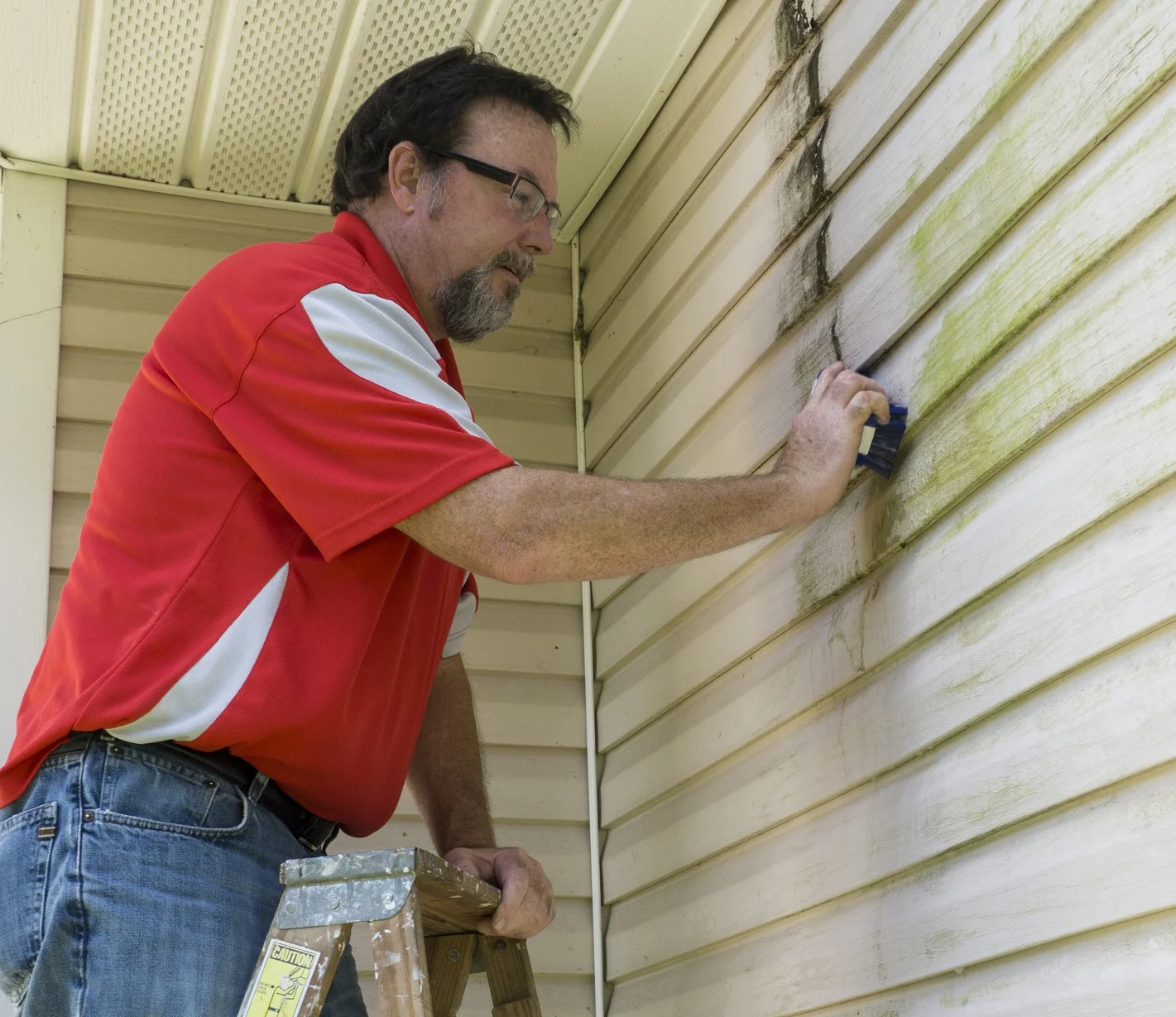
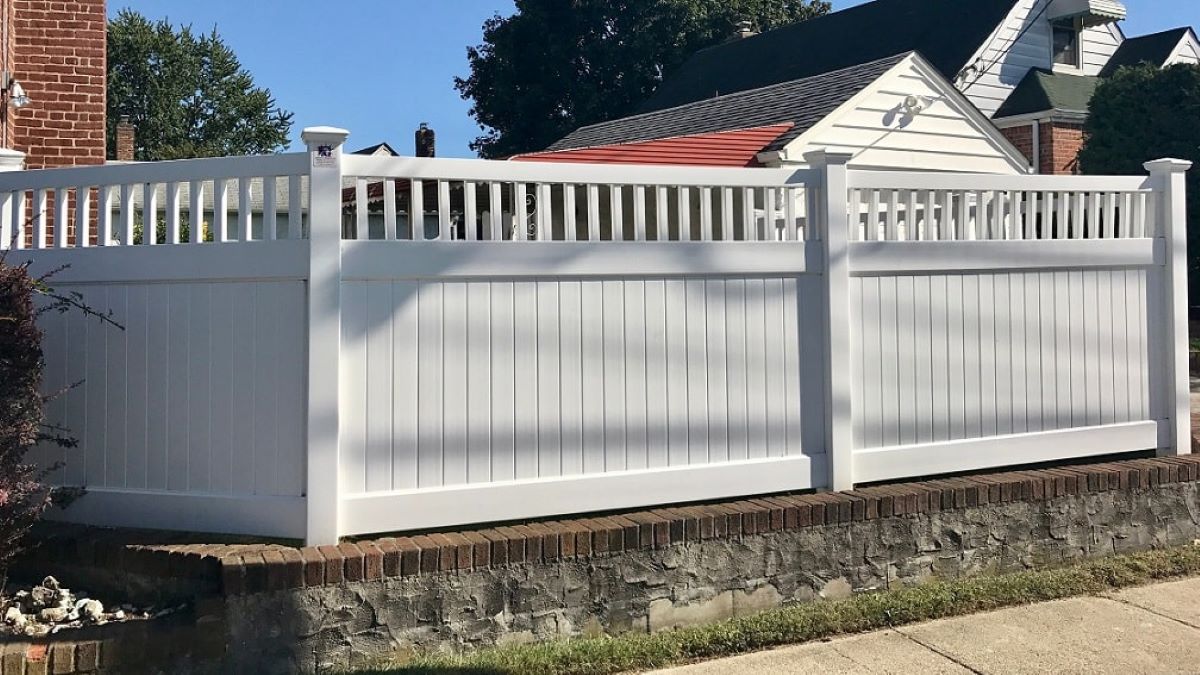
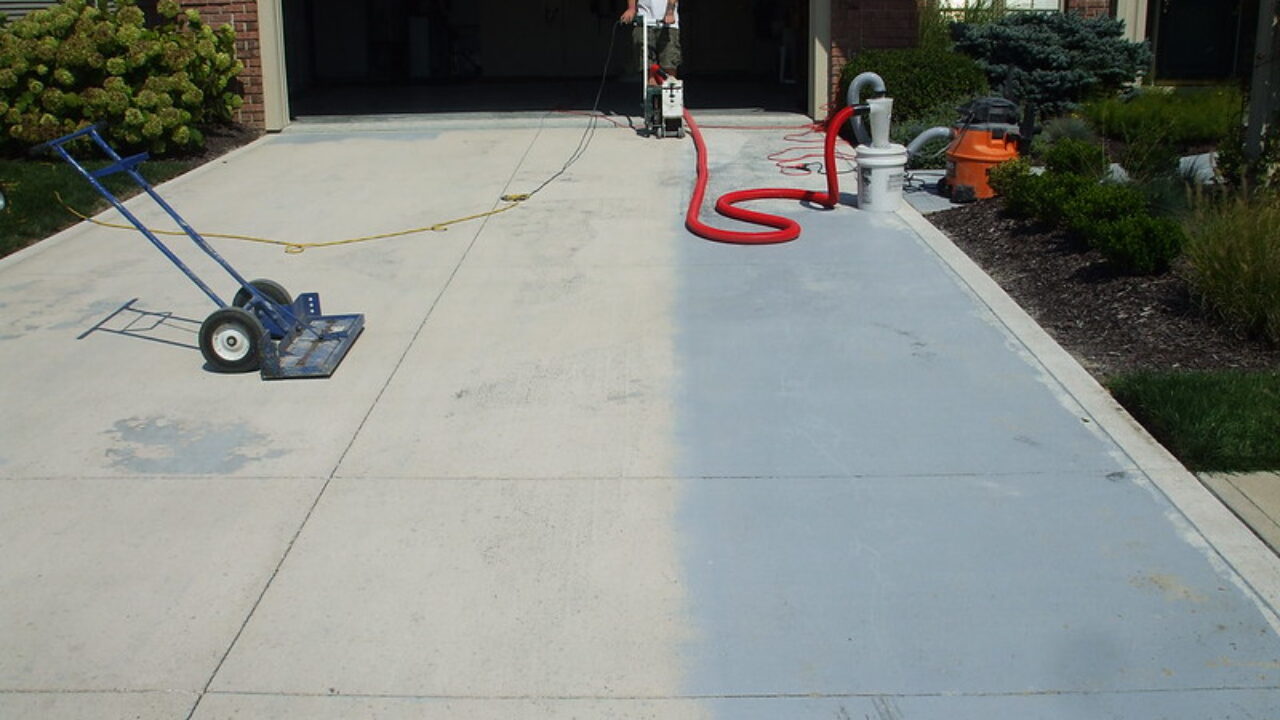
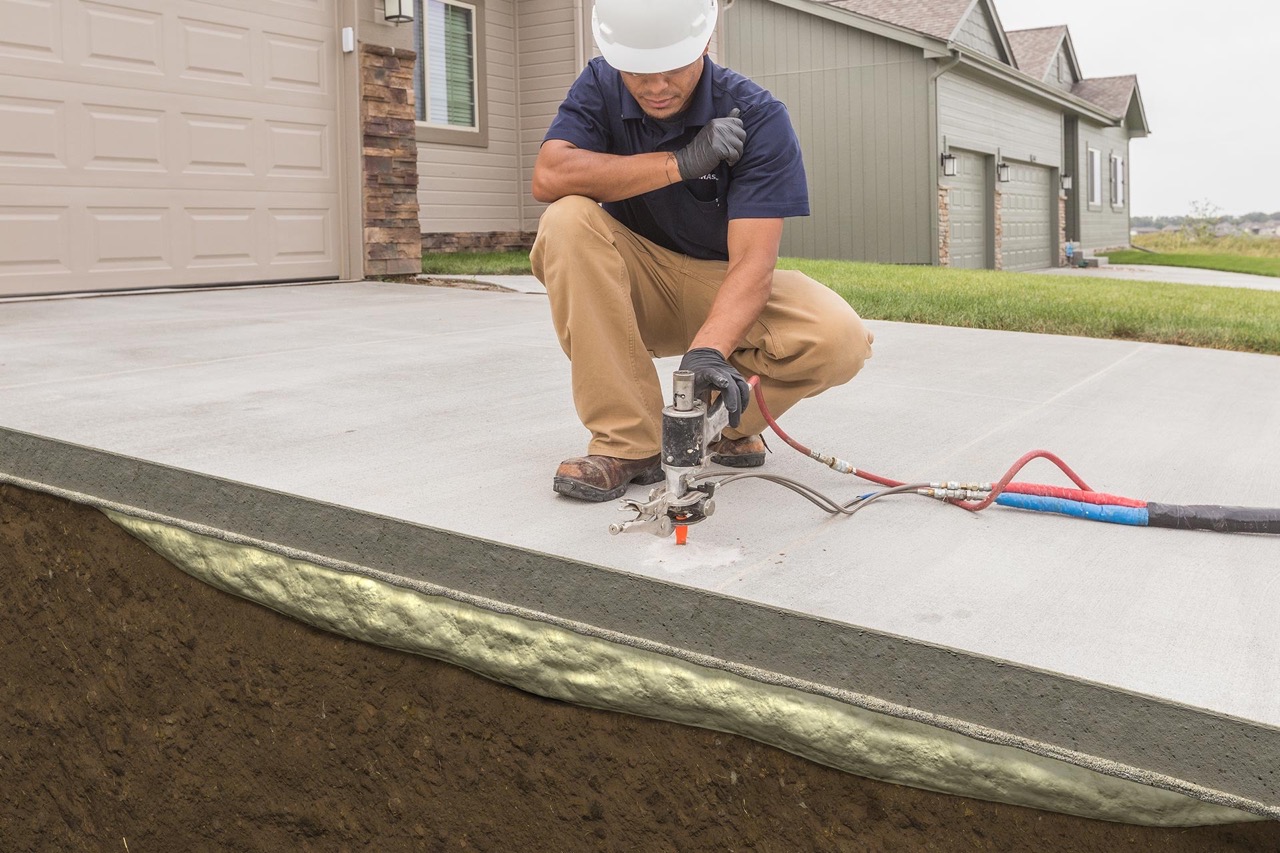
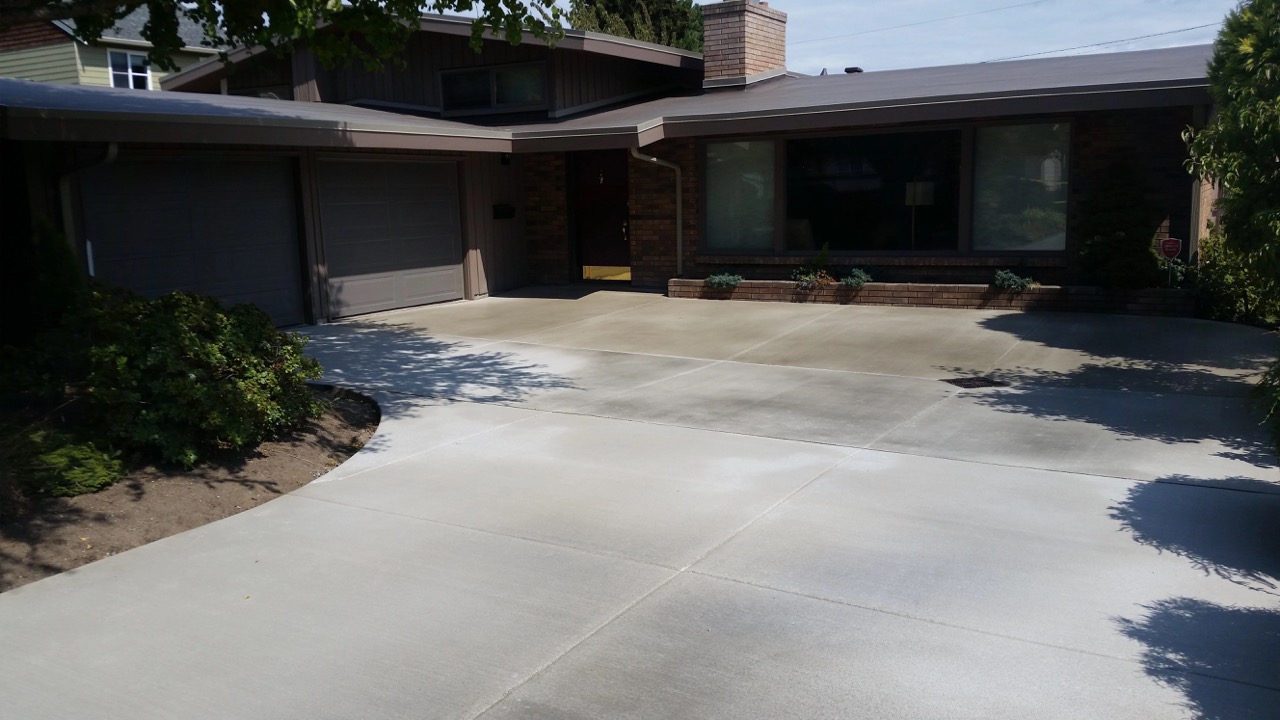
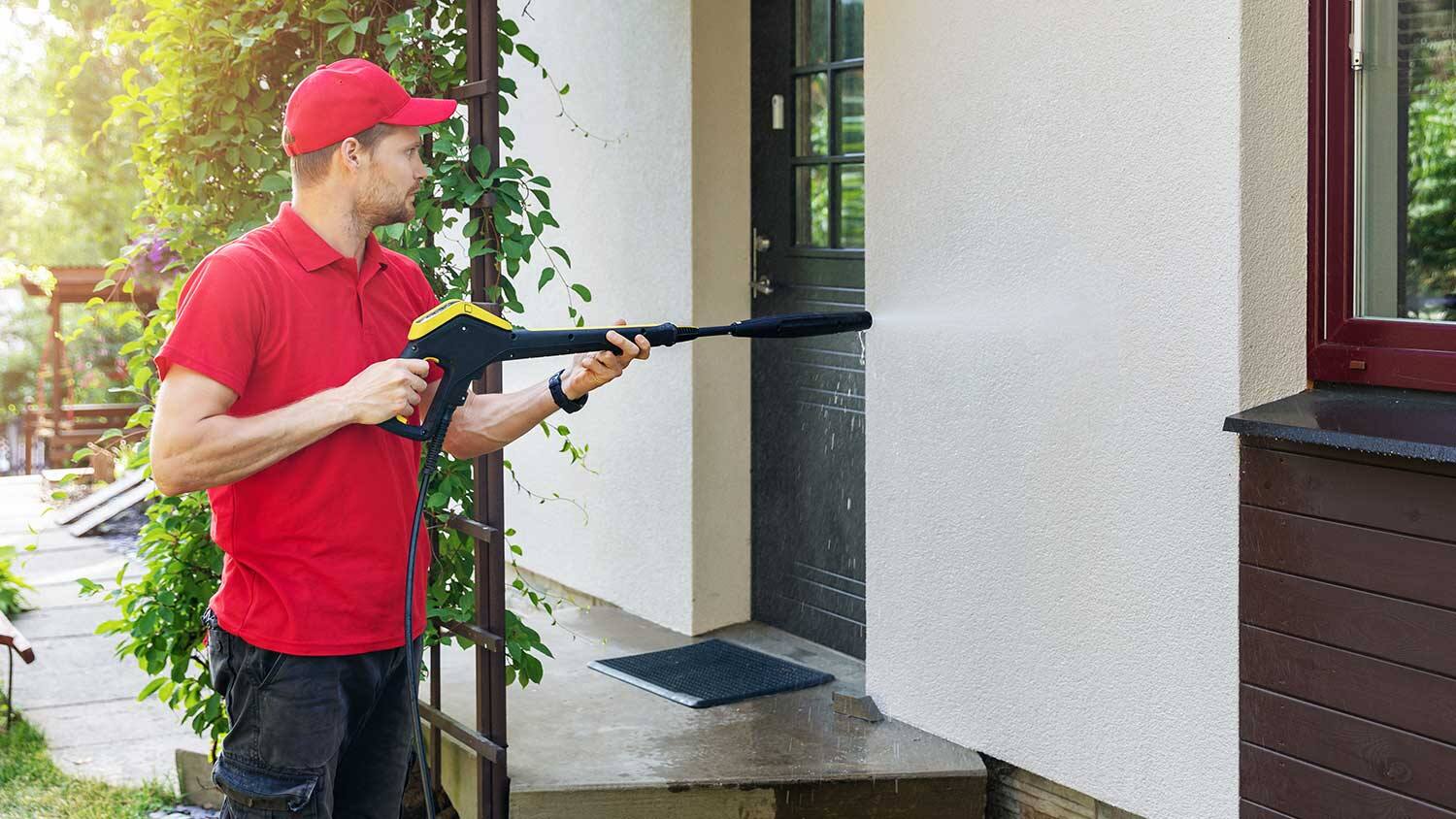
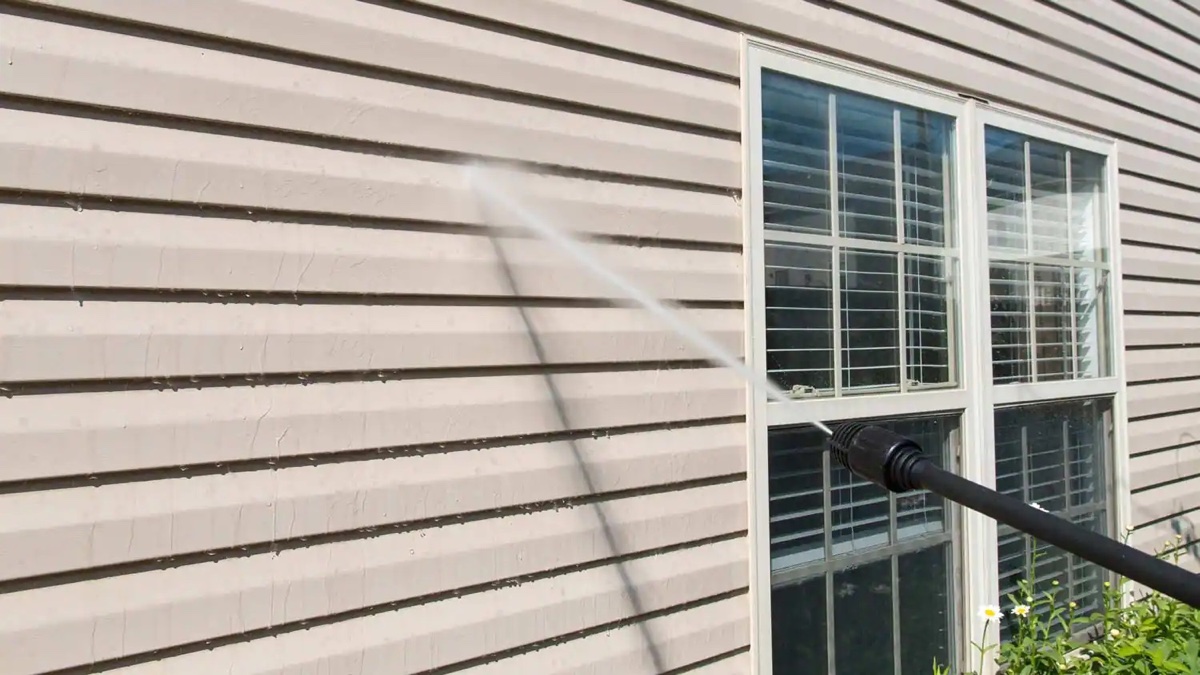
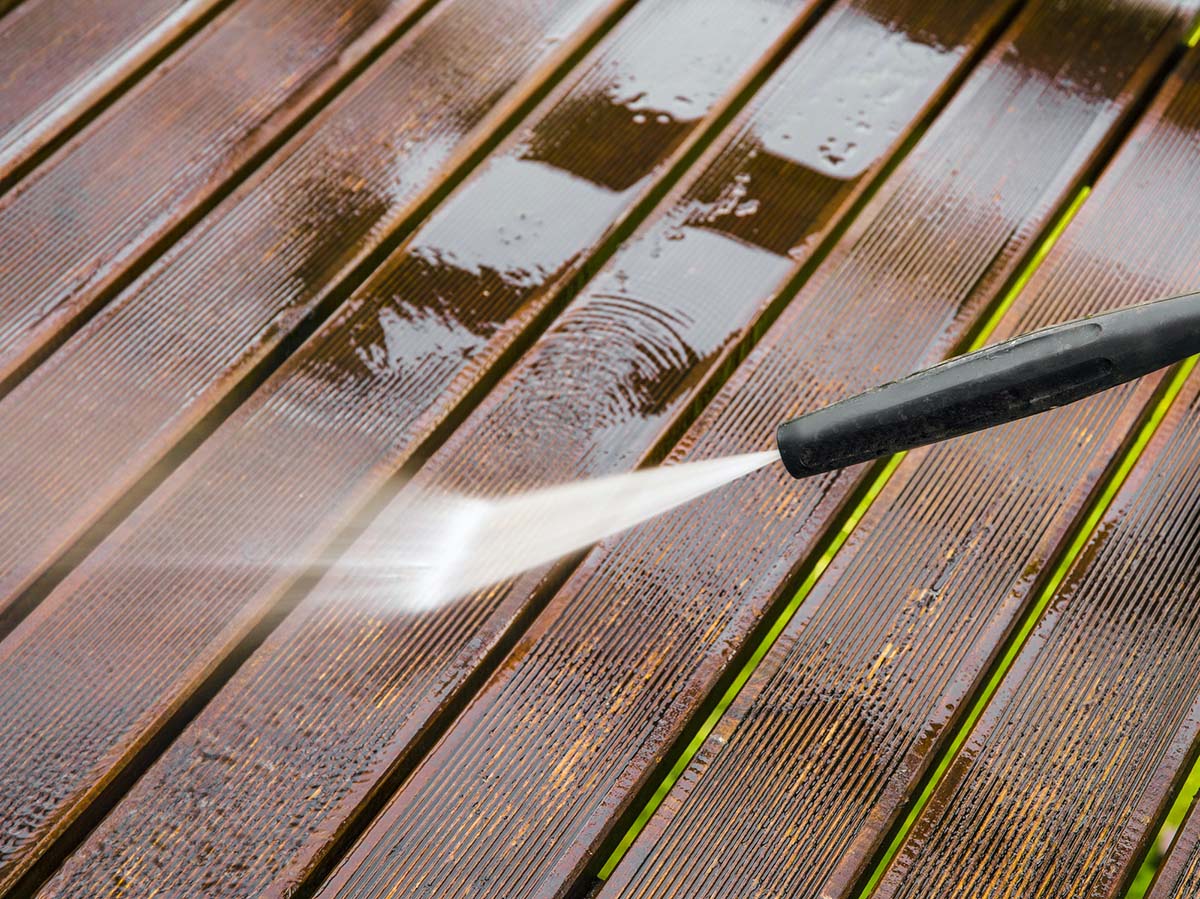
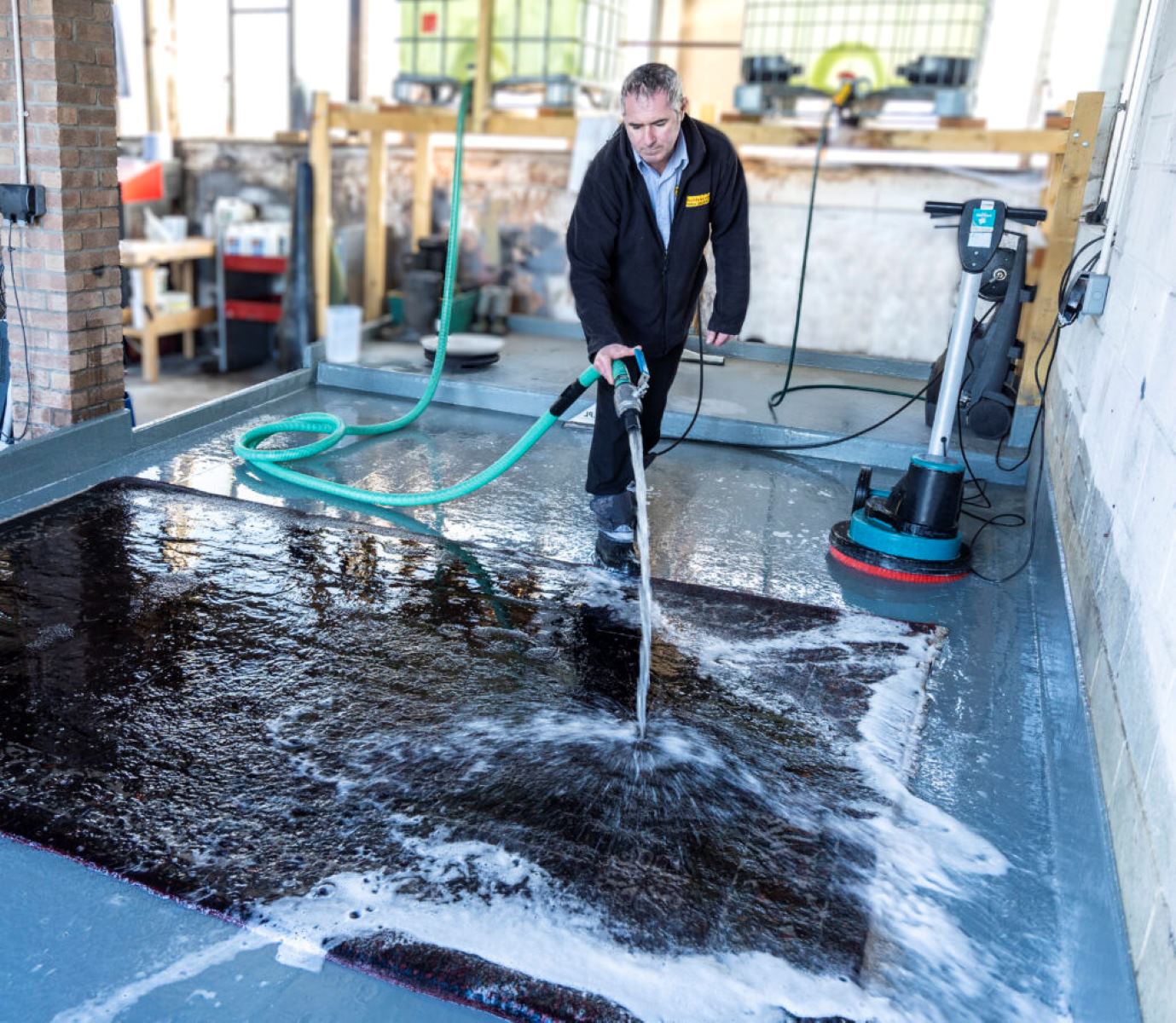
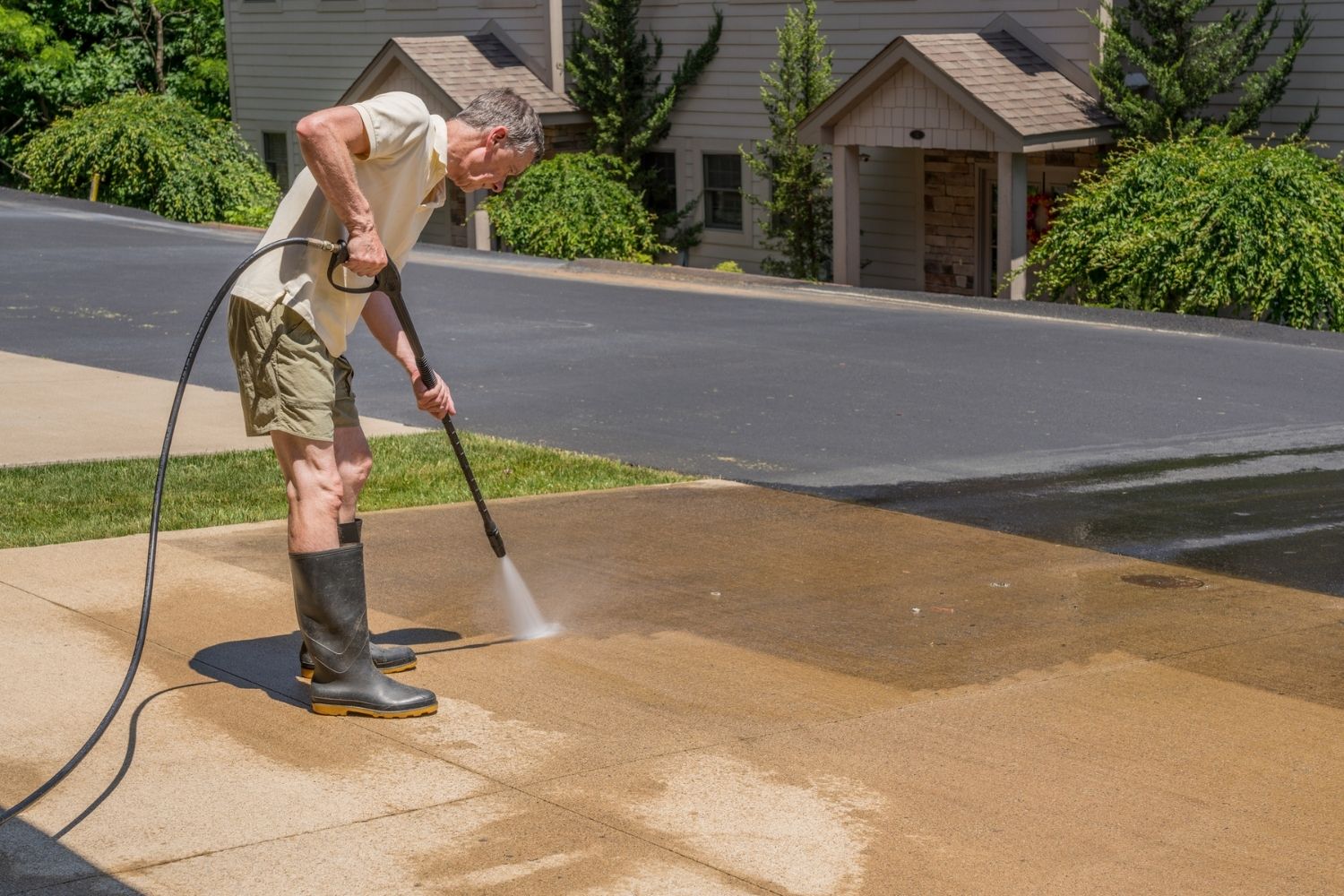
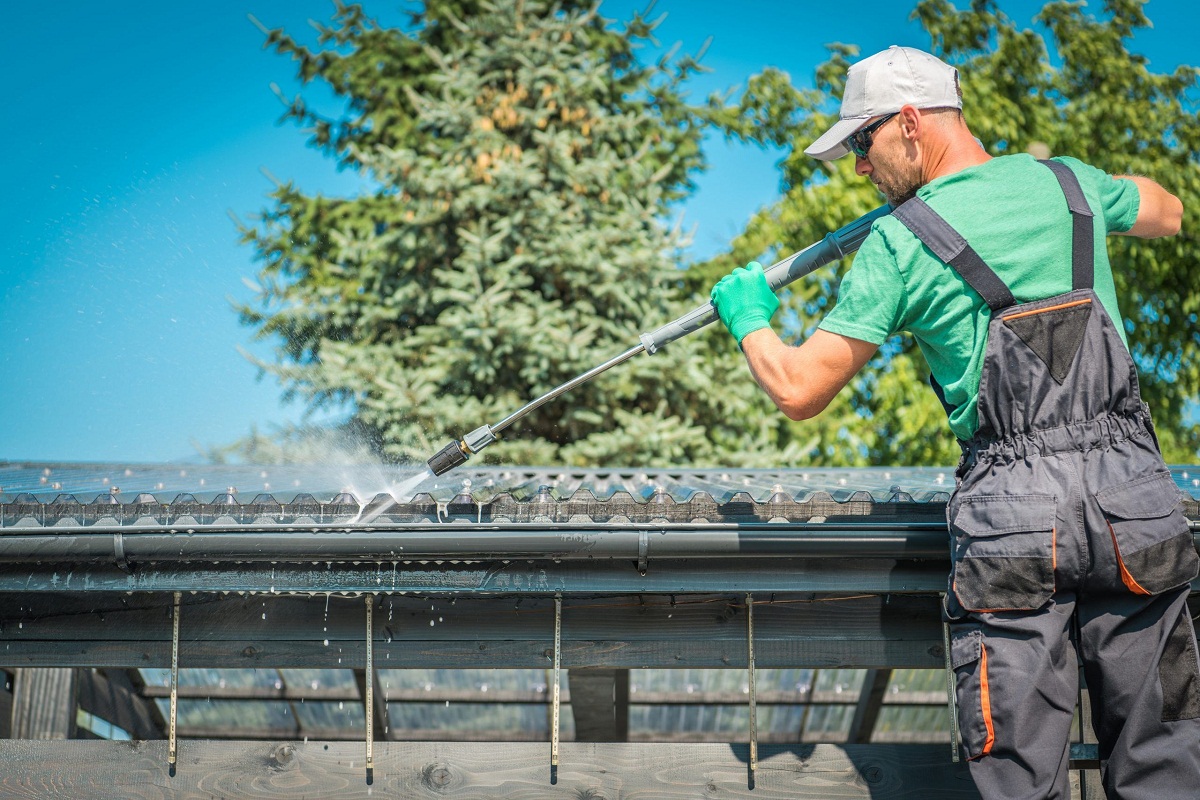
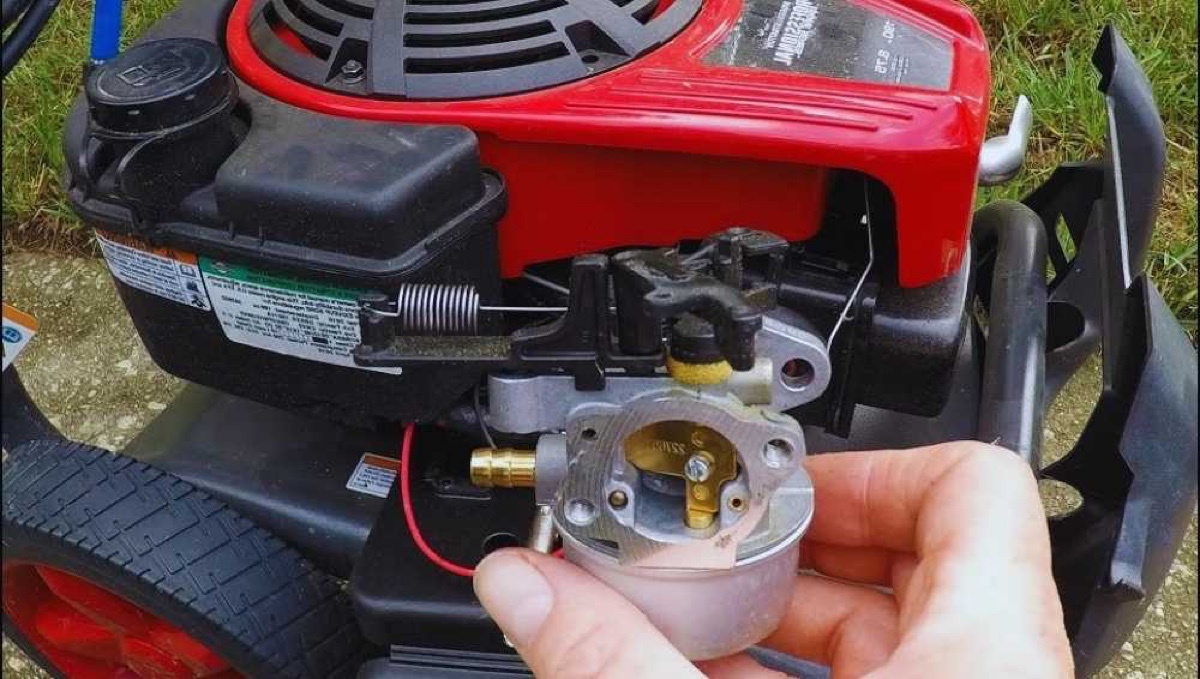
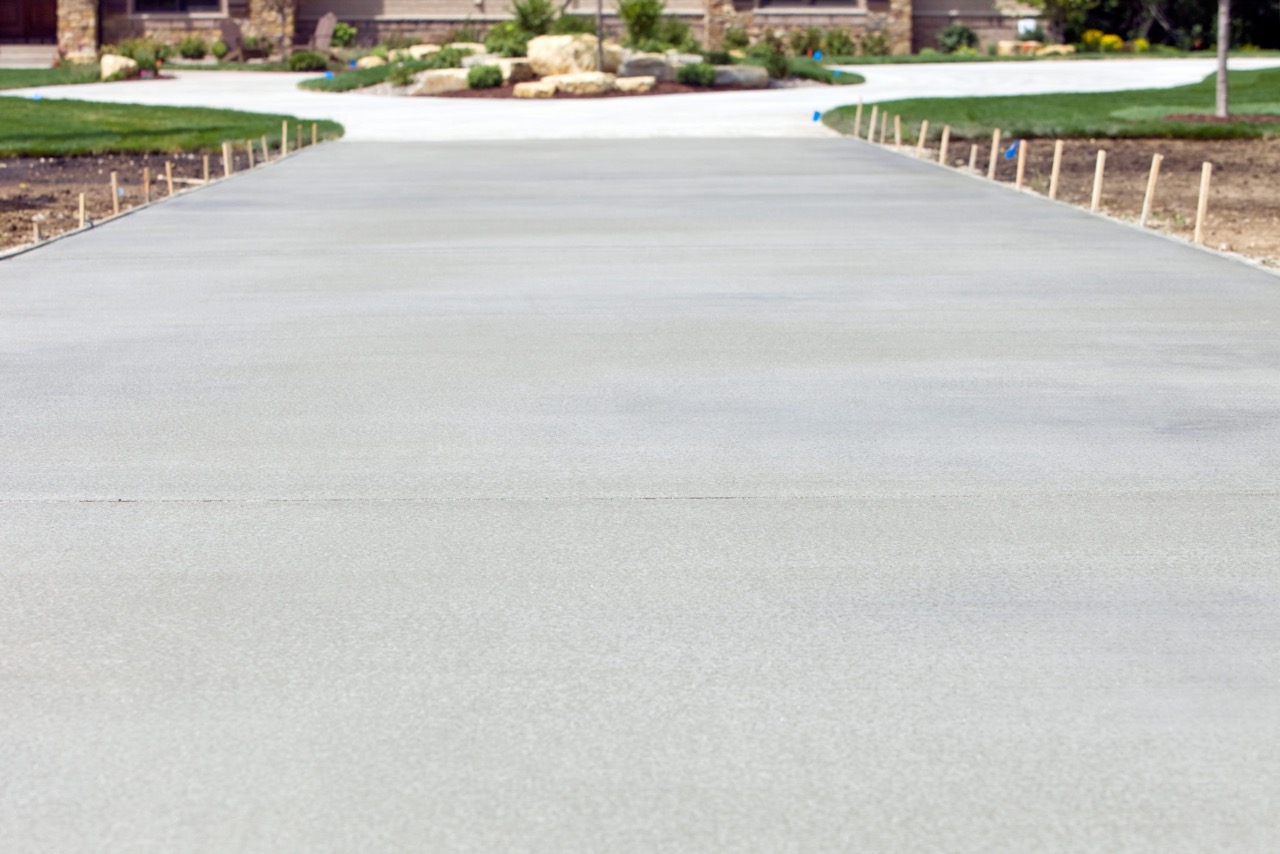
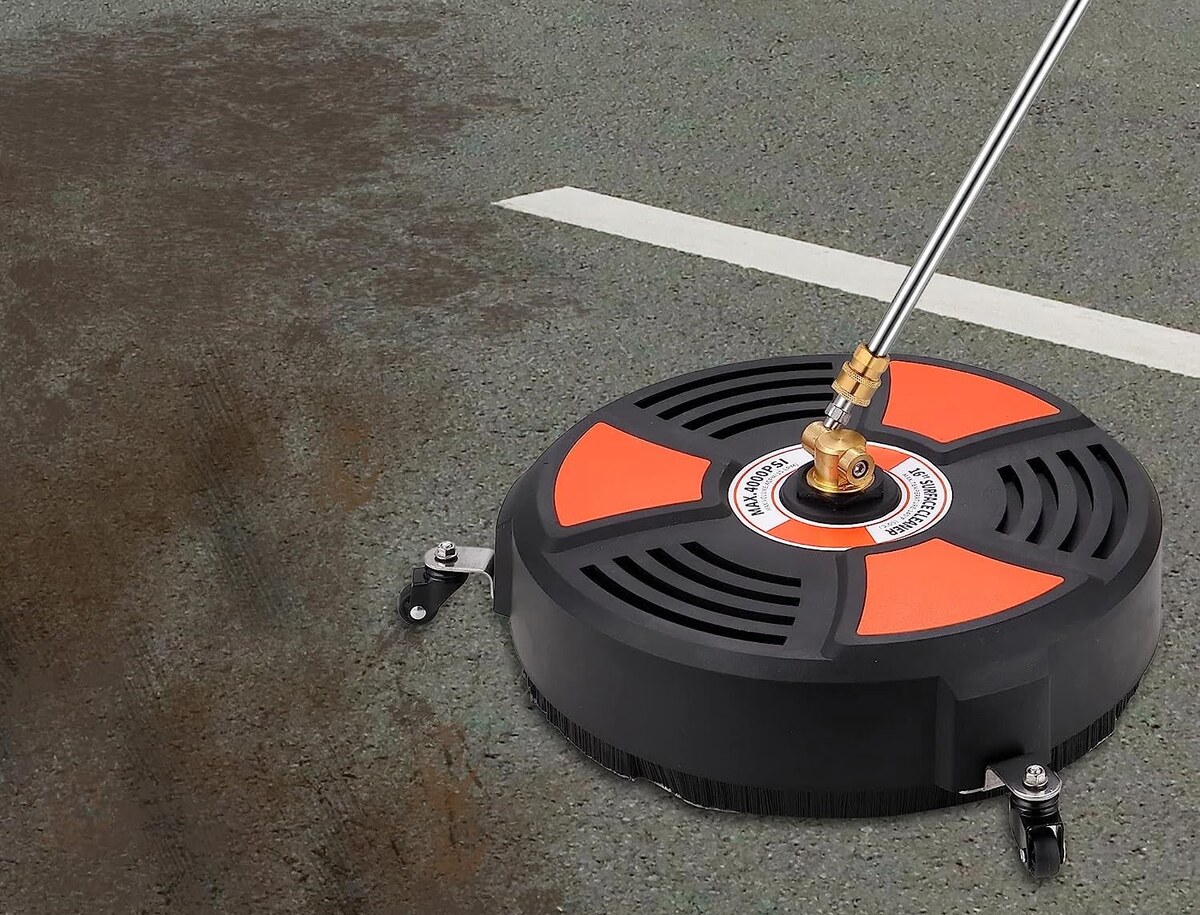

0 thoughts on “How To Clean Concrete Driveway Without Pressure Washer”